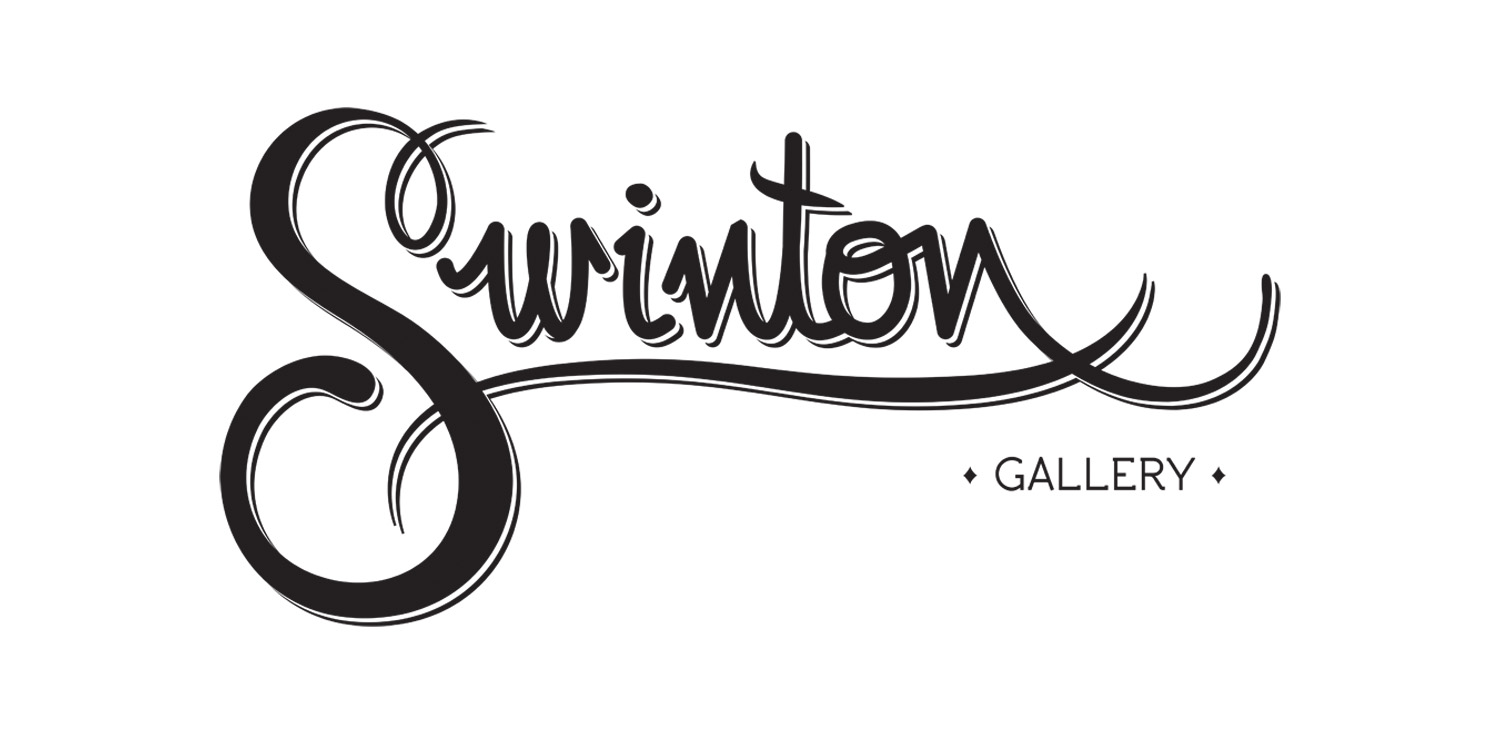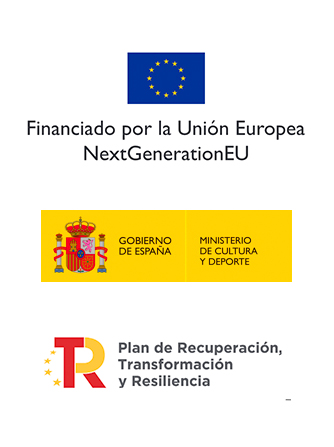.
NO PAIN [T]
Group Show
29.11.2019 – 04.01.2020
108 (ITA)
CAROLINA LINDBERG (SPN)
E1000 (SPN)
ELBI ELEM (SPN)
ELTONO (FRA)
MARTINA MERLINI (ITA)
OX (FRA)
SRGER (SPN)
SUE975 (SPN)
Undoubtedly, Urban Art (the one that contemporary artists perform in the public space without the mediation of curators, galleries or institutions) has grown in recognition in recent years. It is also true that this recognition reaches only the most superficial layer of street activity by artists. Most people interested in this contemporary artistic discipline only identify as Urban Art what is limited to paintings on delimited surfaces, that is, what we could call “Muralism”.
However, there are a large number of artists who use street and public spaces to produce other lines of intervention, and that bring their urban work to their study work in radical ways that do not include flat surfaces as medium to de covered with paint.
Thus, in recent years we have seen how artists who bring their speech from the street to the studio (and vice versa) have added newer ways of creation than the pictorial origin of the movement, and they opt for sculptural, installation or performative techniques that dissent from painting. Finally they decide to work with anomalous materials and (individual or collective) actions .
There are several reasons that lead them to advance in their work along these paths. We could point out, in the first place, the abuse by economic and political sectors of societies of the mural work, taking advantage of it for their own interests and lacking the initial altruistic interest of the artist, which drives them to abandon those practices for others that are not subject to speculation. There are also artists who need to expand the two-dimensional work to be able to express their conceptual work, and decide to evolve it into three-dimensional expressions or based on non-traditional materials that are closer to the street experience than canvases or traditional rectangular wood panels. Those artists depart from painting with no pain.
Supported by Plataforma PAC












